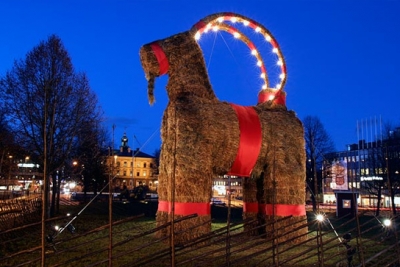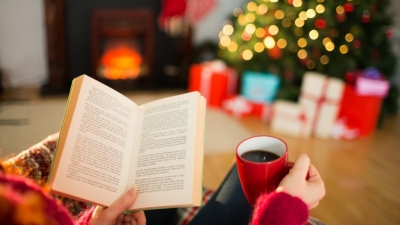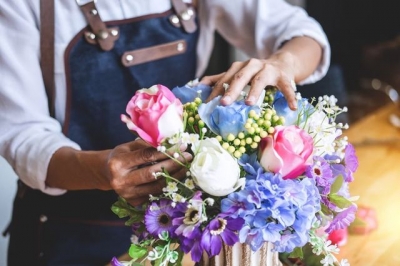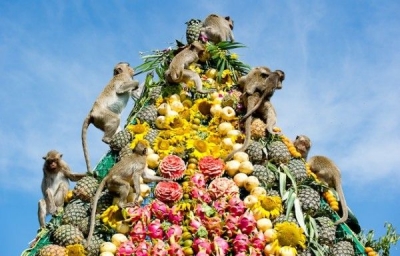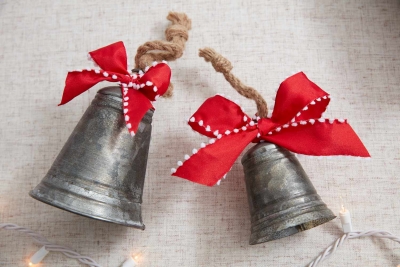Which are some special traditions for New Year?
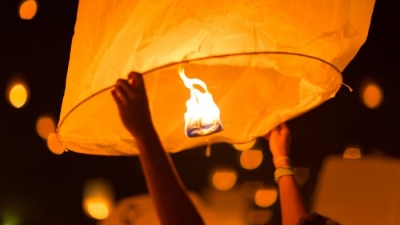
When spaghetti meets money
Italian Americans have a tradition of seasoning their spaghetti with the most unusual condiment. The oldest woman in the family stirs the tomato gravy and spaghetti along with a healthy dose of dollar bills contributed by different members of the family! Those who have earned well or received a nice raise are expected to sprinkle high denomination bills generously so that the luck spreads to others when the spaghetti gets served with the money! Three guesses for the toast... "You have to eat money to make money!"
God loves spicy salsa
In rural Mexico, farmers carry out an old Aztec tradition to please their god of harvest, XocotlHuetzi. The ancient Aztecs strongly believed that the god of harvest was fond of spice. What better way to show love and respect to the god of harvest than to dig a hole in the fields and fill it up with some nice, spicy salsa? If the crops failed even after that, the farmers deduce that it's because the salsa was too spicy or probably not spicy enough.
Sweet revenge
Do you wish to teach someone who's been particularly rude or obnoxious a lesson? Eastern Europeans have just the right thing to do. Take the oldest, sweatiest sneaker or shoe, fill it up with honey and leave it at their doorstep! The symbolism of replacing the stinky nature with some sweetness is assumed to be enough to fill the person with remorse. The person is supposed to use that honey to bake a cake and leave it by the windowsill as a sign of forgiveness!
Give your wish some wings
In Japan, there is a beautiful tradition wherein children write down their wishes on lanterns and let them float up into the night sky. Desires are also carved on yams or radishes and planted in the ground to teach an important lesson about not forgetting one's roots and the importance of humility.
It's confetti time
In Argentina, when you have loads of old documents and paper at home, New Year's Day is the time to make creative use of them. People get busy shredding the paper into thin strips to use as confetti for throwing from their windows.
Onion meteorology
In Romania, there is an interesting tradition on New Year, also called St Vasile's Day. Farmers like to predict how the year's climate conditions would be with the help of onions! You heard that right. Twelve onions are chosen, peeled and salted. Then the experts observe the level of salty liquid left behind and the skins of onions to make predictions for the year ahead.
Picture Credit : Google
